"We must recognize that many of the challenges we face today which are accelerating very quickly — namely concerns over sufficient transmission capacity, loss of electric power generation and the inability to site and build new baseload-power generation — are tied directly to poorly-thought out state public policies which have prioritized political considerations above the needs of consumers.
For example, while many states surrounding Pennsylvania have touted their climate goals and reductions, they have conveniently ignored that they have achieved many of these goals simply by shutting down their in-state generation. As a result, they rely on imports of electricity from states like Pennsylvania, which is the largest electricity exporting state in the nation, increasing transmission costs, line loss due to distant transport of electricity and increased risk of blackouts or brownouts."
"Other state policies have upset the balance of competitive power generation by subsidizing
preferred energy resources — many of these resources incapable of providing baseload power generation on demand — or threatening coal and natural gas generation with onerous carbon taxes.
For example, just the prospect of Pennsylvania entering the Regional Greenhouse Gas Initiative (RGGI) has cost the commonwealth billions of dollars in private capital investment and thousands of jobs, and at the same time failed to demonstrate any commensurate environmental benefit to the public. Too often energy policy is being hijacked to serve politically expedient objectives rather than to meet the most fundamental objective that it should serve: ensuring the lights go on when
we flip the switch."
So baseload-power generation, namely coal, natural gas and nuclear are good if they come from Pennsylvania but bad when it's home grown in Maryland? How many Pennsylvania extension cords are going to be needed to keep the electricity on in Maryland? We know that the PJM 2022 Window 3 projects will bring another extension cord from the Peach Bottom Nuclear Plant's substations to be colocated with the Brandon Shores "good energy" project. And another extension cord from Chanceford Township in York County, PA to Frederick County via Northern Baltimore County and Carroll County. And yet another extension cord from Hunterstown, PA to Carroll County. What happens when Pennsylvania runs out of power generation to send?
Pennsylvania is now starting to see data centers and Bitcoin mining companies locating near generators in the State. In March, Amazon Web Services purchased a 1,200 acre data center campus adjacent to the Susquehanna Steam Electric Nuclear Station. This acquisition allows AMS to purchase energy directly from the Station.
And just this month Bitfarm, a Bitcoin mining company announced it would locate in Sharon, PA where it would have access to an abundant energy supply. Bitcoin mining like data centers uses massive amounts of power.
Maryland has become much too dependent upon Pennsylvania for its electricity generation. I ask each Maryland state legislator, what steps will you take to secure Maryland's energy supply before it's too late?
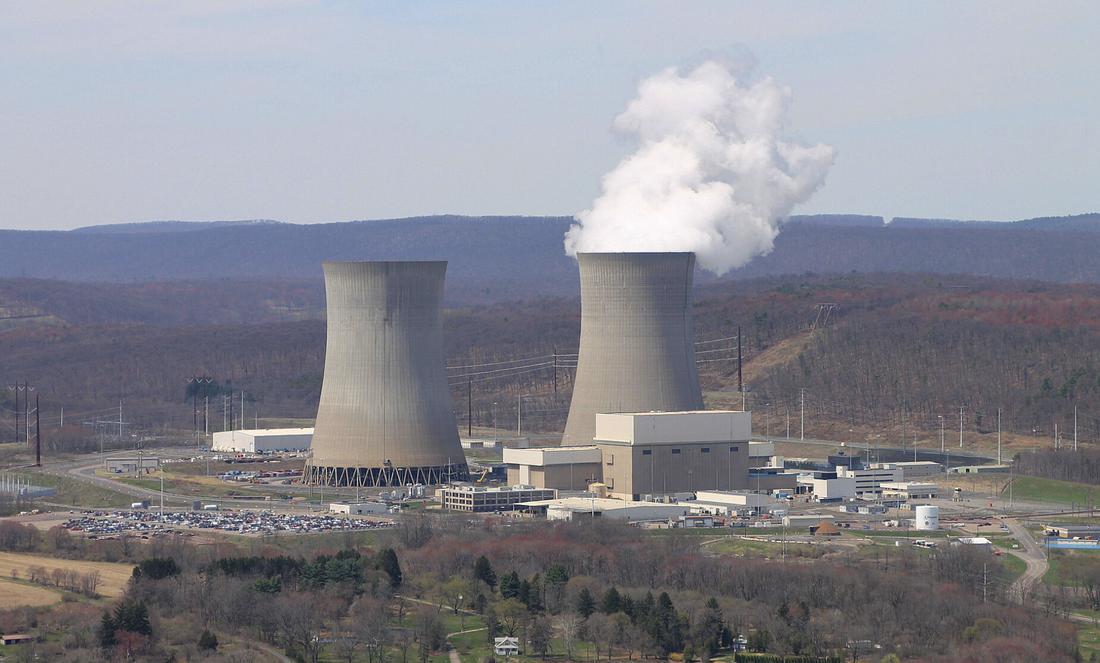
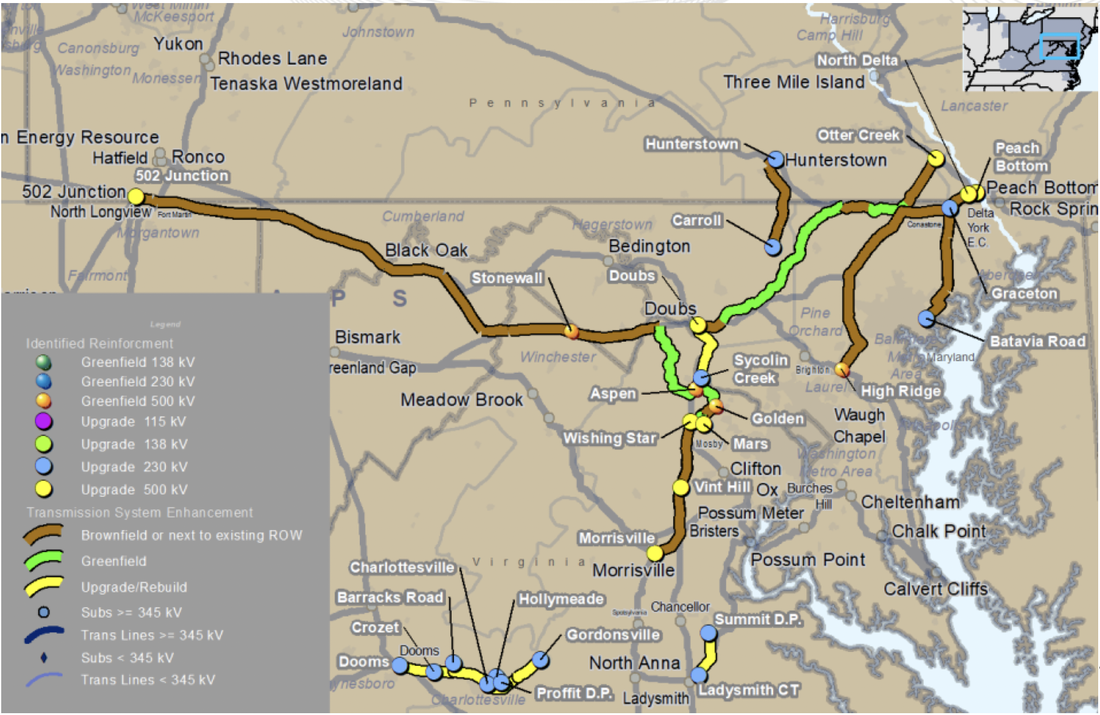
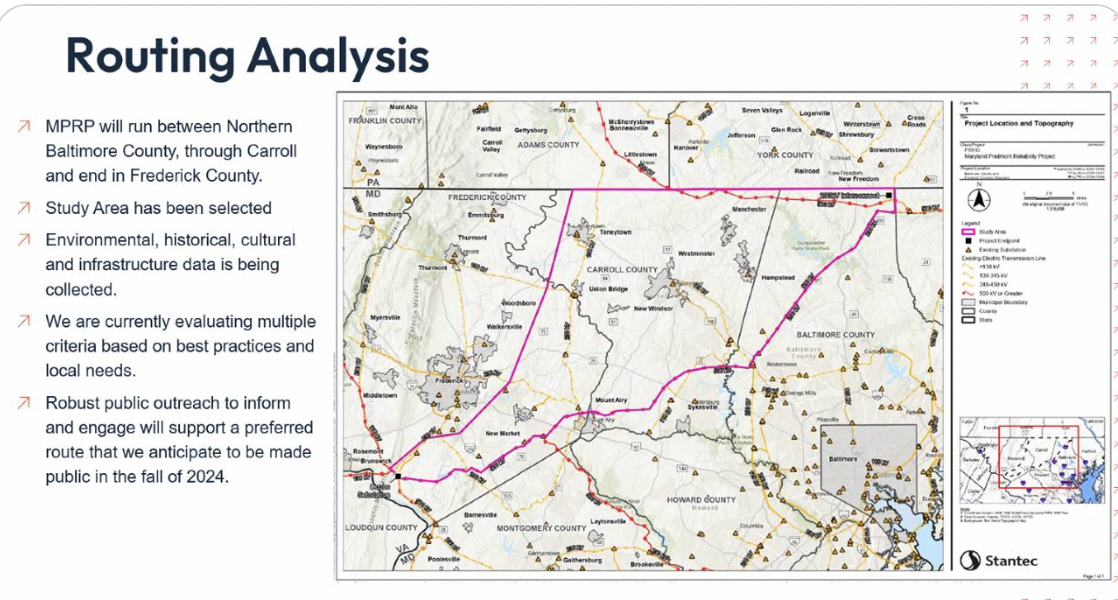
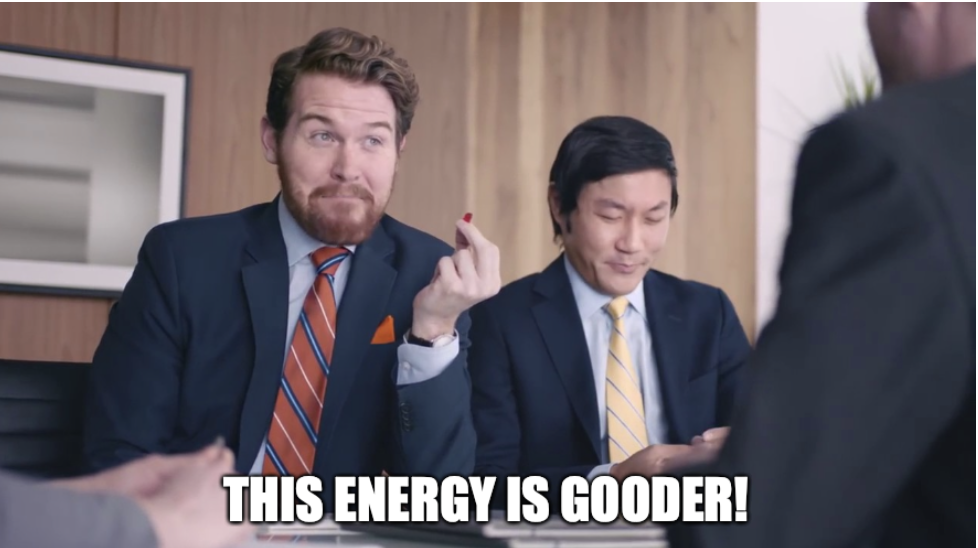
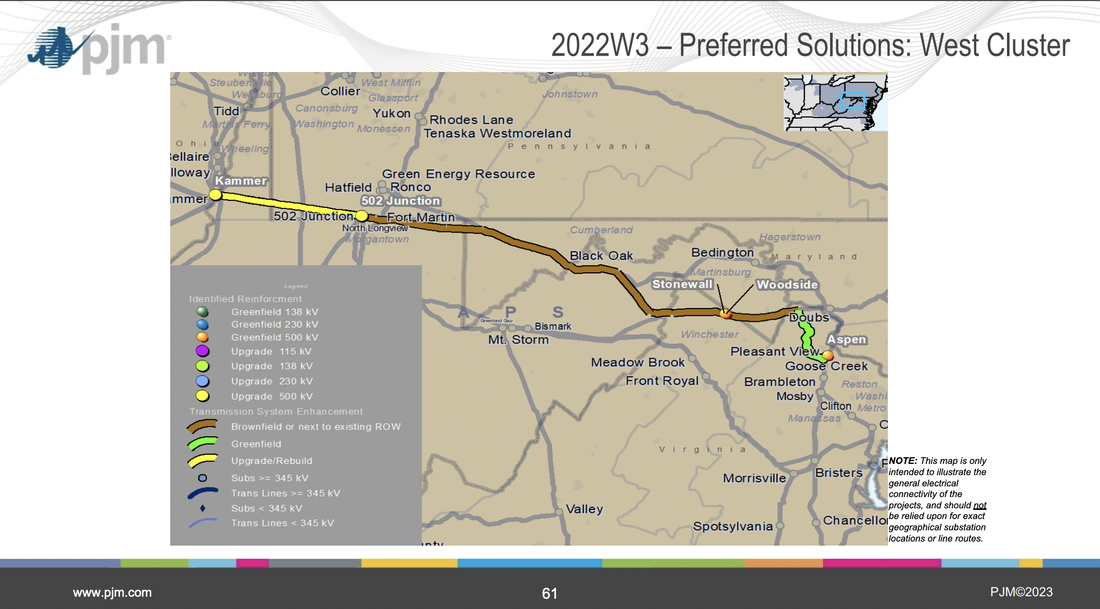
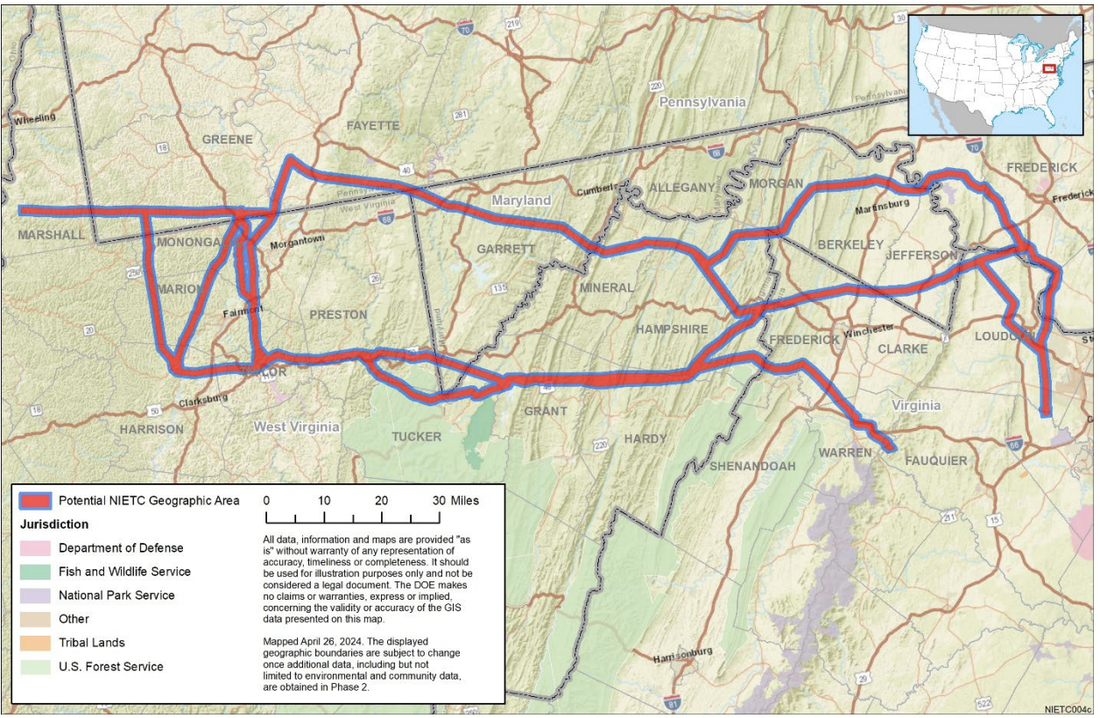
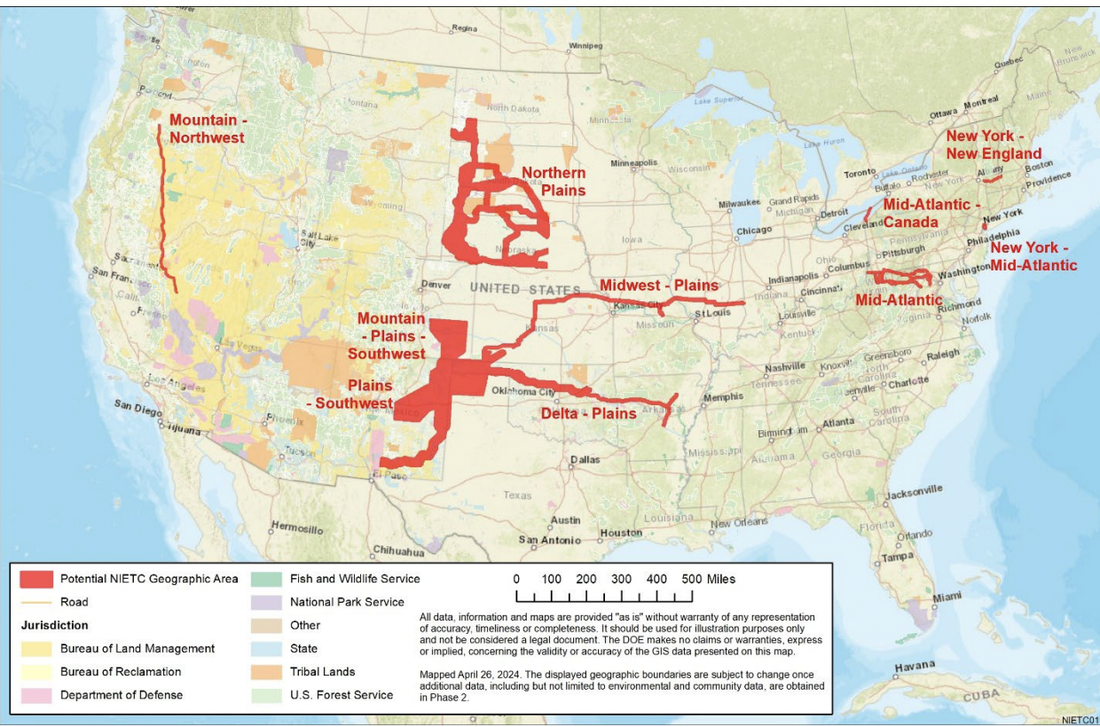
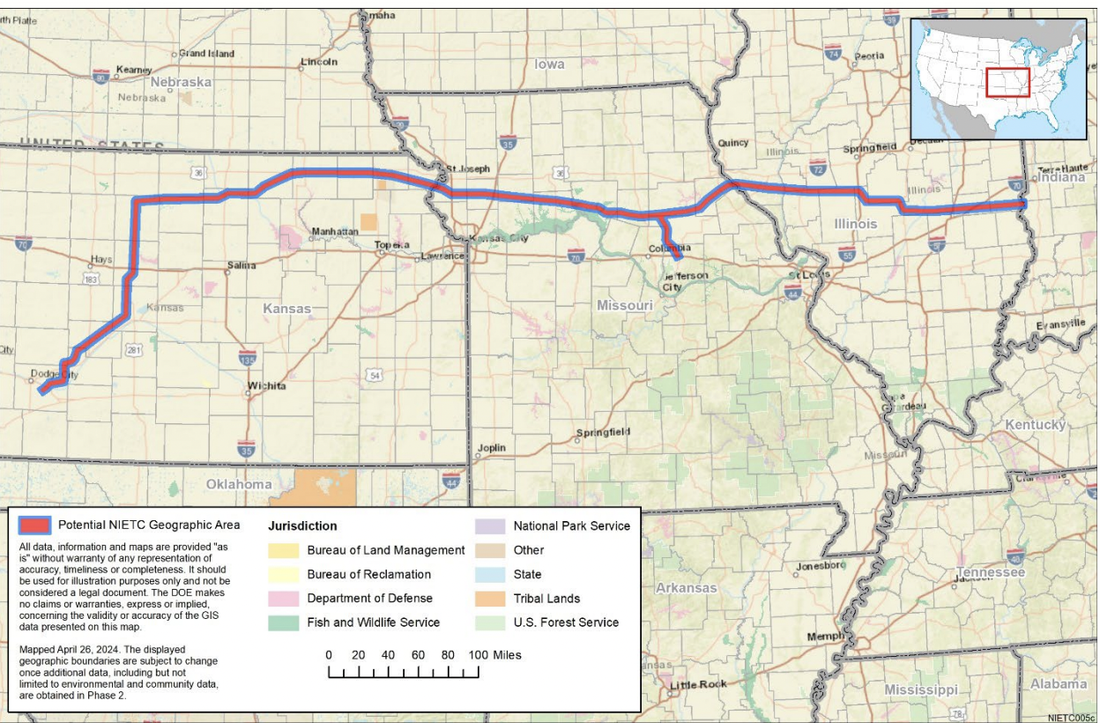
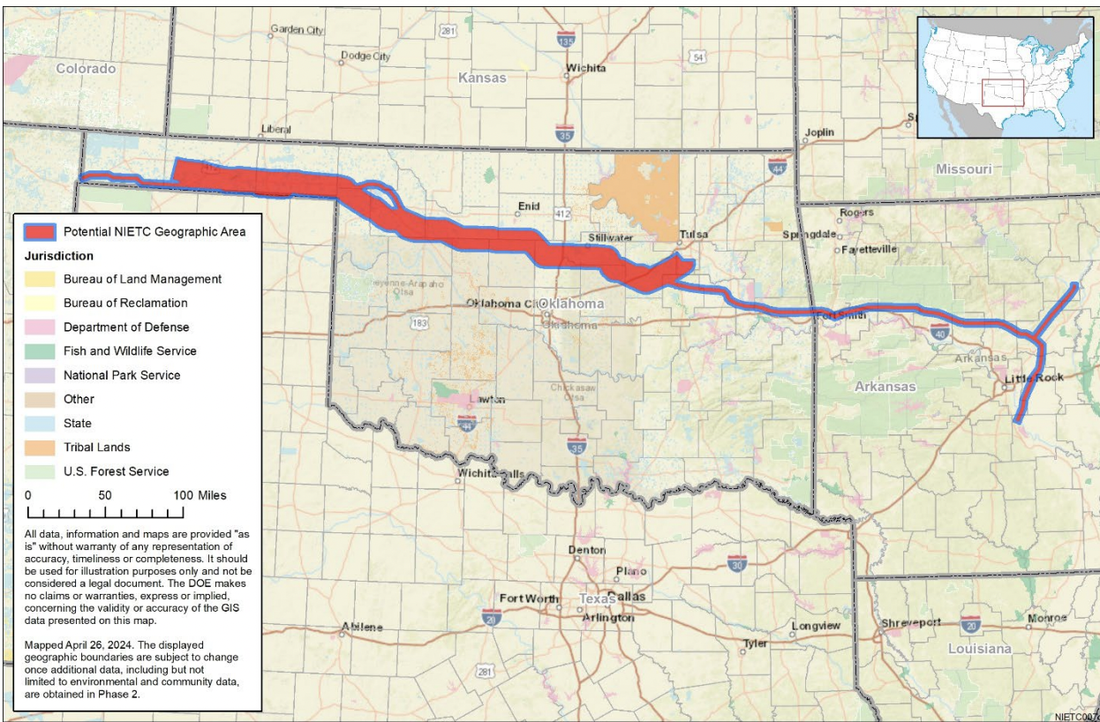
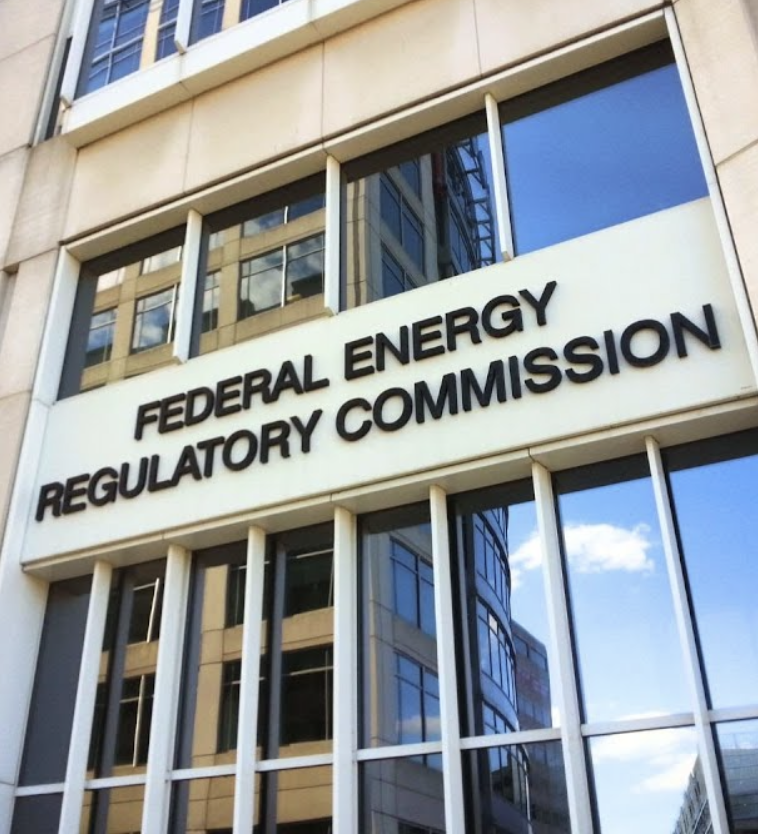
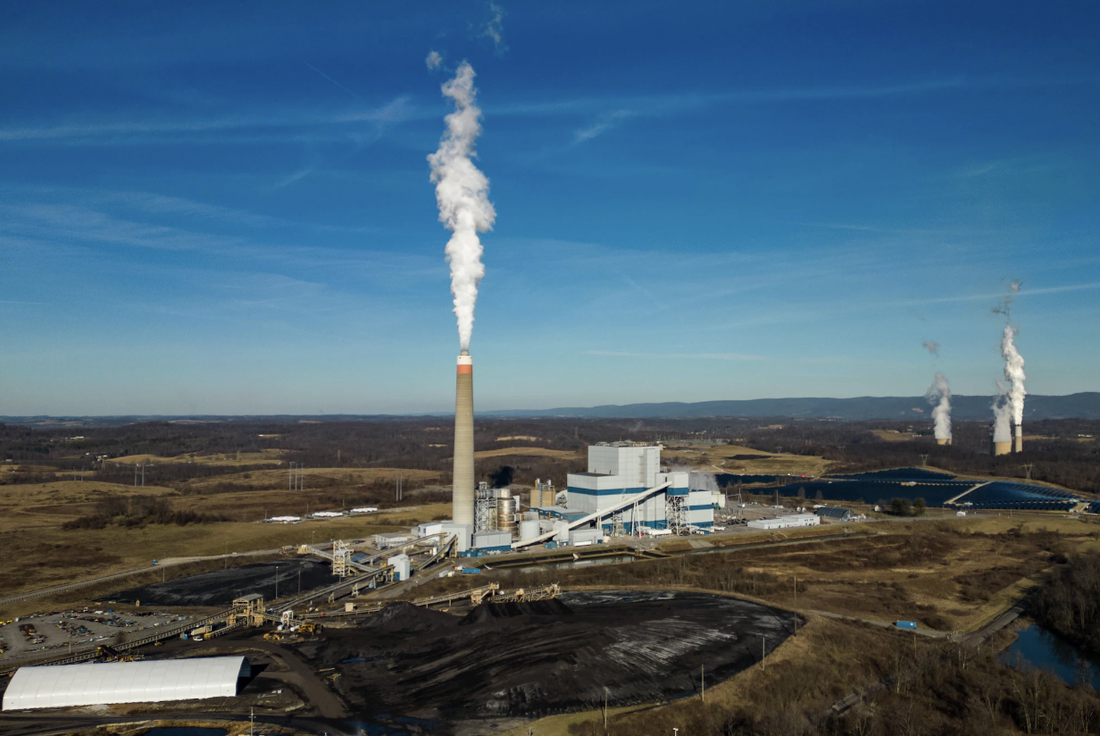
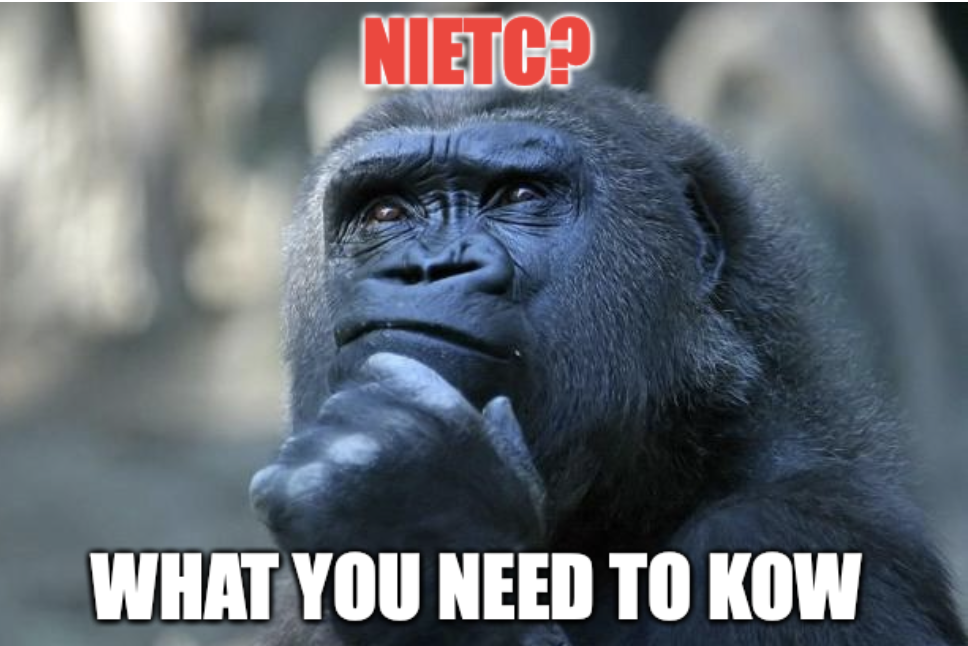
 RSS Feed
RSS Feed